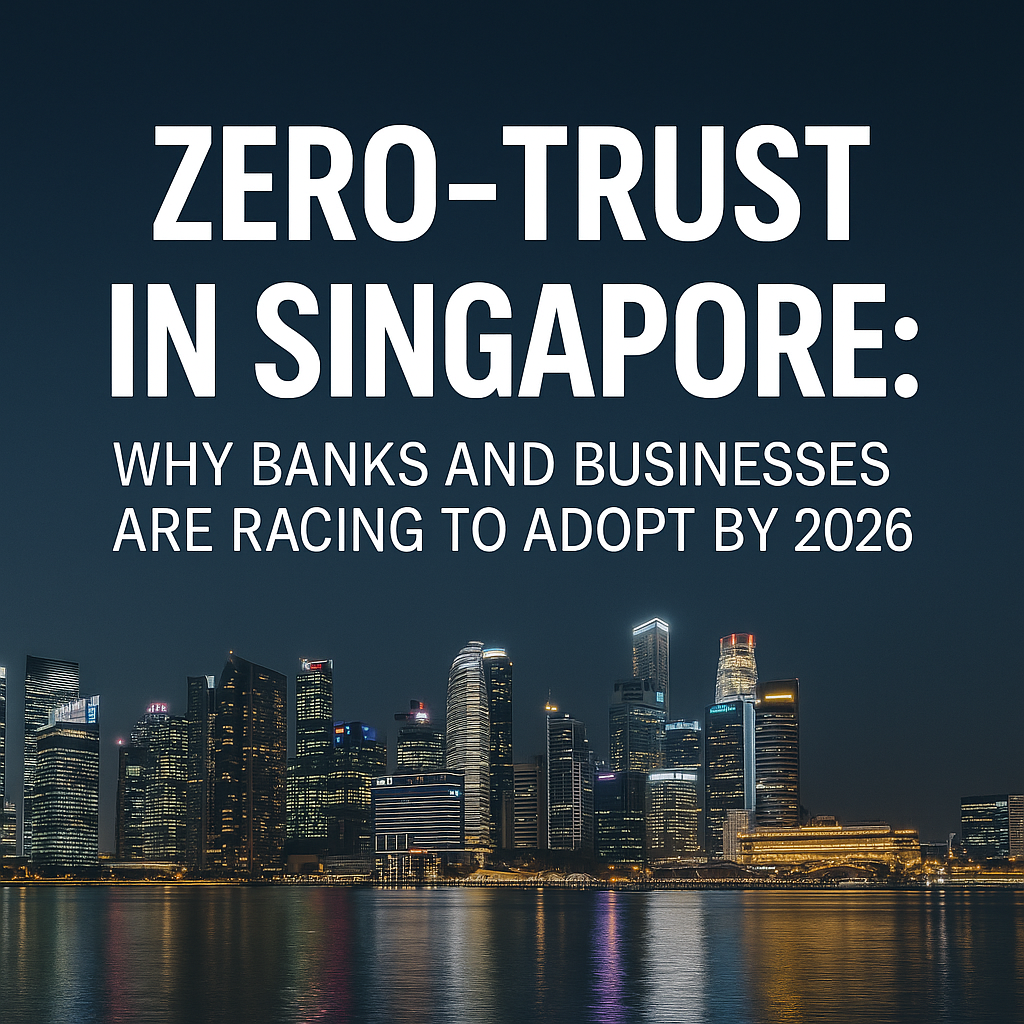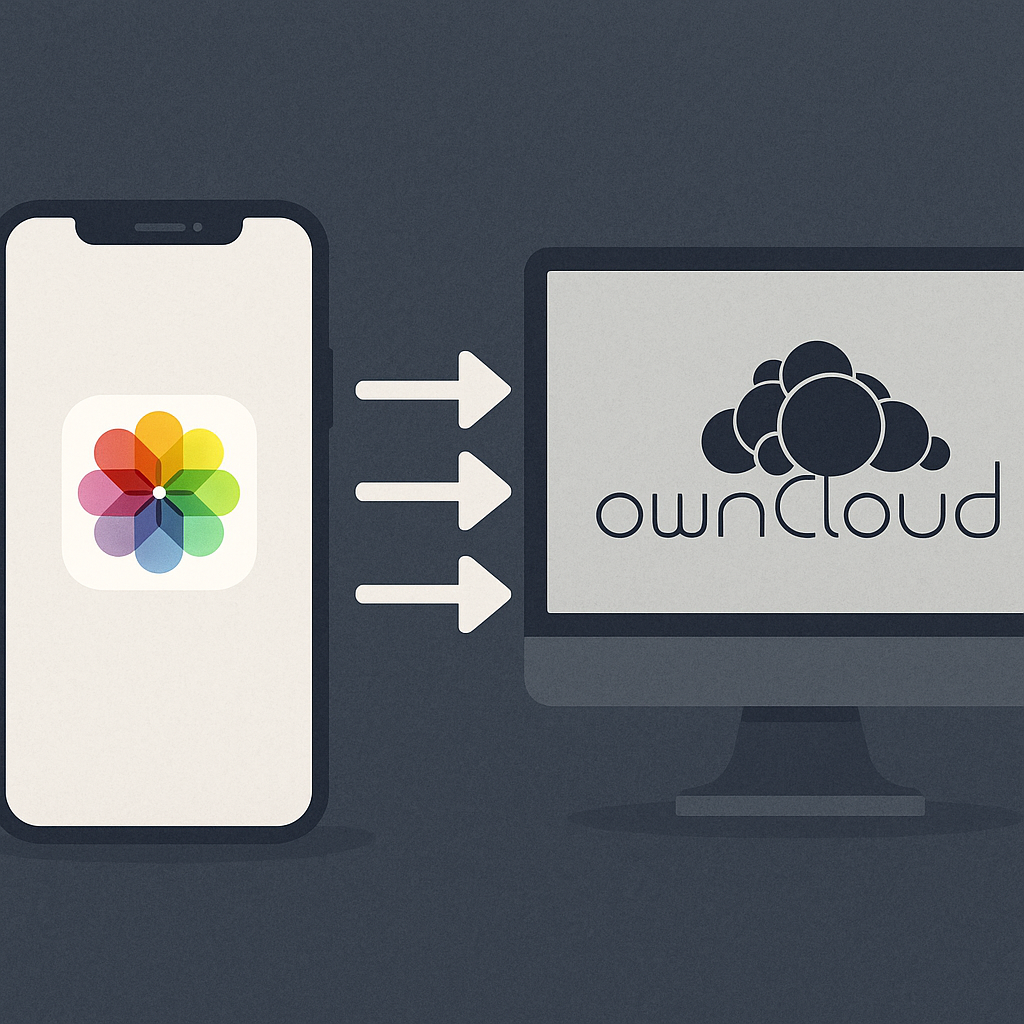Zero-Trust in Singapore: Why Banks and Businesses Are Racing to Adopt by 2026
Zero-trust isn’t a buzzword—it’s Singapore’s cybersecurity revolution. From banks cutting latency by 30% to firms saving millions from breaches, here’s why 90% plan adoption by 2026.

Zero-trust. It’s not just another tech buzzword flying around boardrooms in Raffles Place—it’s a seismic shift in how we defend against cyber threats. And in Singapore, where banks, telcos, and enterprises are on constant alert, zero-trust has moved from hype to headline strategy.
What Exactly Is Zero-Trust?
Forget the old model where firewalls were the “castle walls” and anyone inside was trusted. In a zero-trust world, there are no walls and no free passes. Every user, every device, every app—whether it’s your iPhone, your work laptop, or a backend database—is continuously verified. The rule is simple: never trust, always verify.
That means your employees working from a café in Tampines or a client logging into a server from Tokyo face the same checks as if they were in the office. Identity, device health, and context are all assessed before access is granted.
Why Singapore Is Going All In
Singapore is a global financial hub, and that makes us a prime target. Hackers don’t sleep, and phishing campaigns here are relentless. At the same time, hybrid work has exploded since COVID—teams spread across offices, homes, and co-working spaces. That old “corporate perimeter” simply doesn’t exist anymore.
According to CNA, nearly 90% of firms in Singapore plan to adopt zero-trust by 2026. The reason is clear: cyberattacks cost Asia-Pacific businesses billions each year, and a single data breach can shatter customer trust overnight.
Real Results: The FortiSASE Example
One major Singapore bank recently overhauled its network security with FortiSASE. The results?
- Unified their SD-WAN and zero-trust access into one seamless platform
- Cut application latency by 30% (yes, employees actually worked faster)
- Blocked over 800 cyber threats every single day
That’s not marketing fluff—it’s the kind of operational impact boardrooms love: more speed, less risk, and real savings.
The Zero-Trust Toolbox
So, what’s inside this “revolution”? A few game-changers:
- Endpoint Management: Stops malware before it even gets near your network.
- Micro-Segmentation: Breaks your servers into isolated zones—so even if one’s hit, the damage doesn’t spread.
- Continuous Verification: Every login, every request, every API call is checked, logged, and secured.
- Cloud-Native Security: Perfect for businesses running SaaS, remote apps, and multi-cloud setups.
Why It’s Trending Now
- Hybrid Work: Staff log in from anywhere—zero-trust makes “anywhere” secure.
- Rising Cybercrime: From phishing scams to ransomware, attackers have gone pro.
- Regulatory Pressure: MAS, IMDA, and other agencies increasingly expect financial institutions and enterprises to prove their security posture.
Put simply: zero-trust isn’t a luxury. It’s survival.
The Bottom Line for Singapore Firms
The clock is ticking. By 2026, the majority of firms here will be zero-trust ready. Those that aren’t will be outpaced by rivals, exposed to breaches, and possibly fined by regulators.
For CIOs and CISOs in Singapore, the message is clear: zero-trust isn’t a project—it’s a mindset shift. From policies to platforms, it’s about building a culture where access is earned, not assumed.
Want to Stay Hack-Proof?
Start small: pilot zero-trust for remote access or a key application. Then scale. Whether you’re a bank, SME, or startup, the playbook is the same—verify, monitor, protect.
Because in Singapore’s digital economy, one breach can cost millions. And one bold move can save it.
Zero-trust is no longer optional. It’s your next competitive advantage.
#ZeroTrust #CyberSecurity #SingaporeTech #FortiSASE #DigitalEconomy



